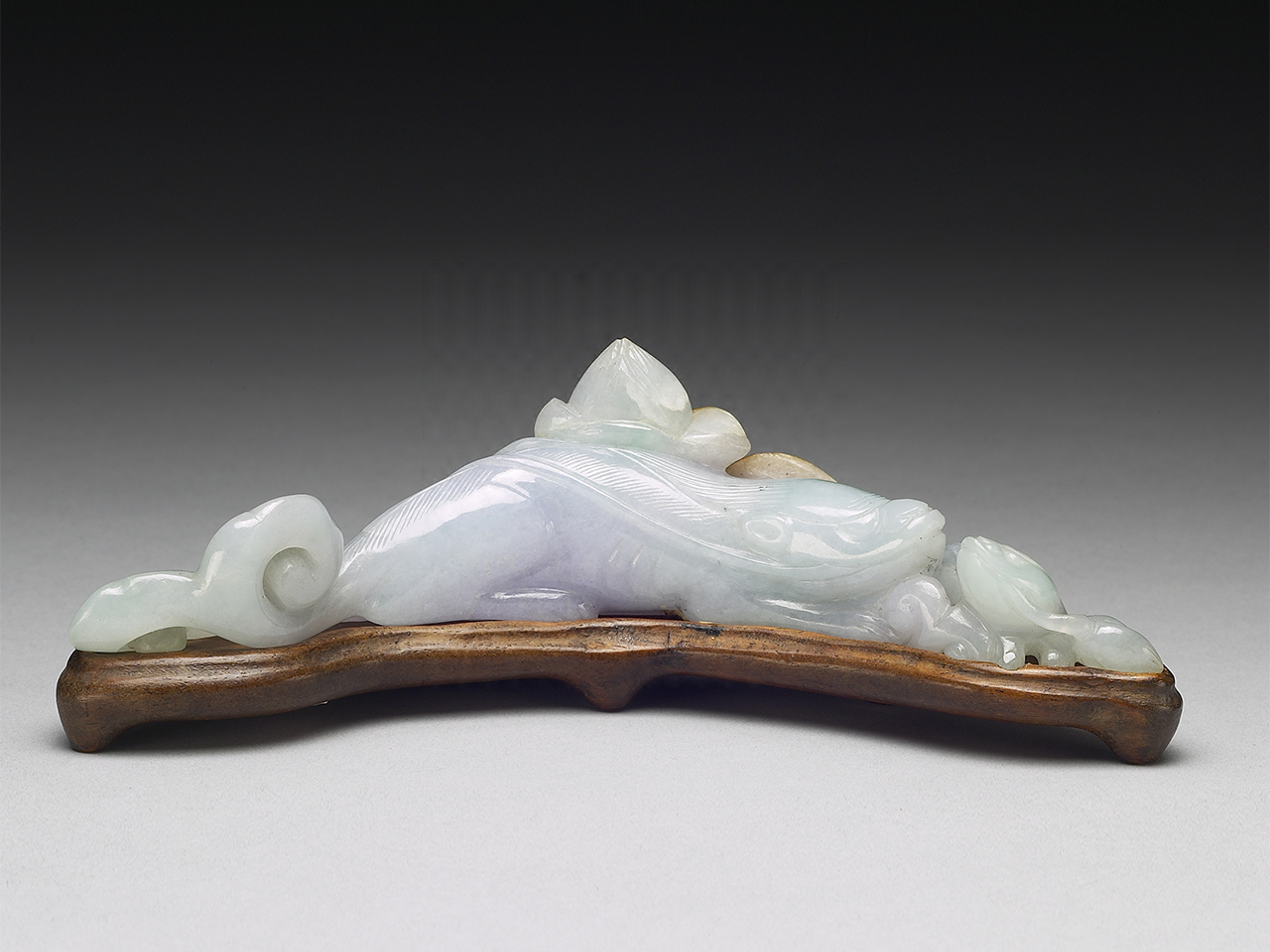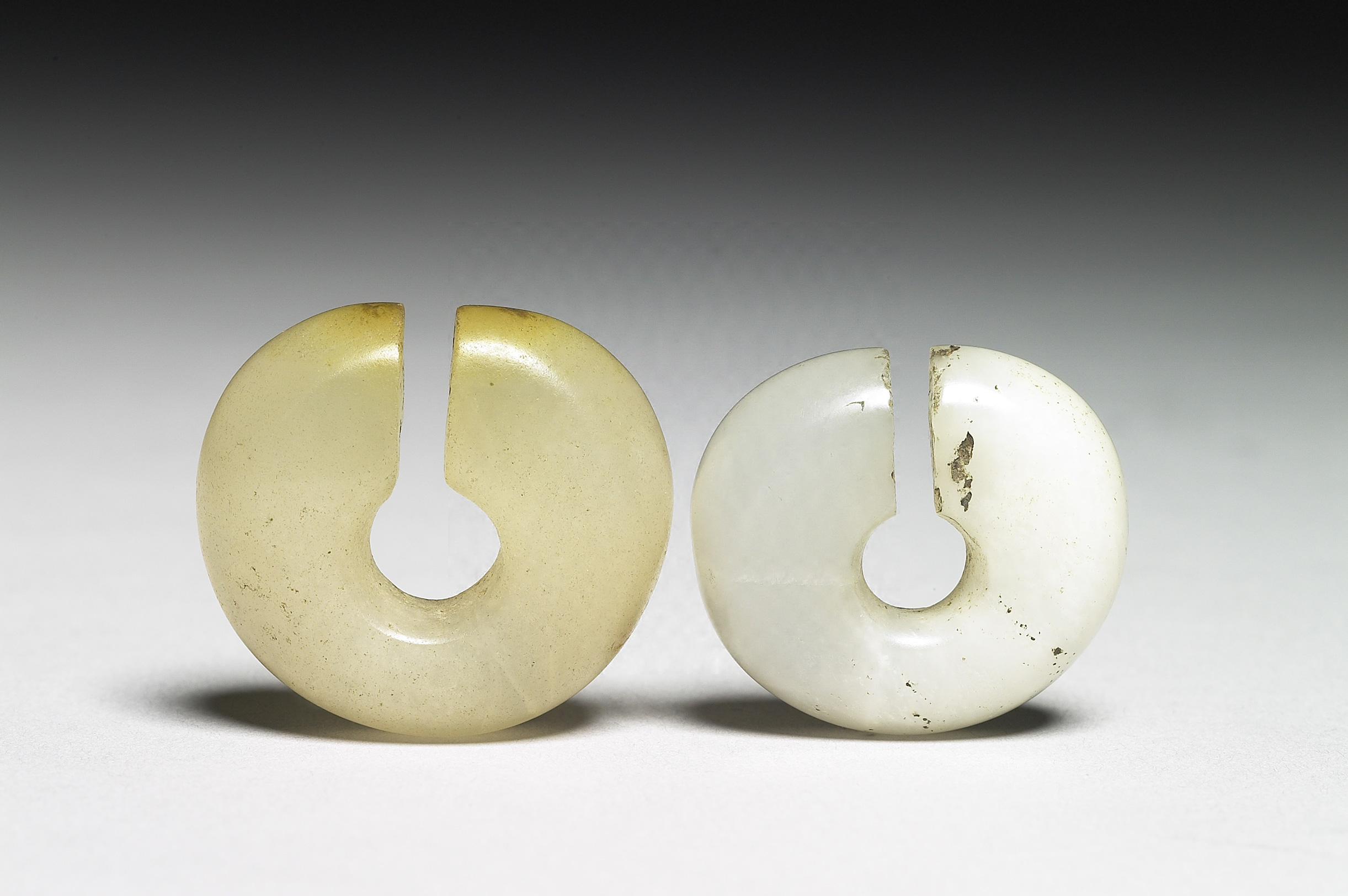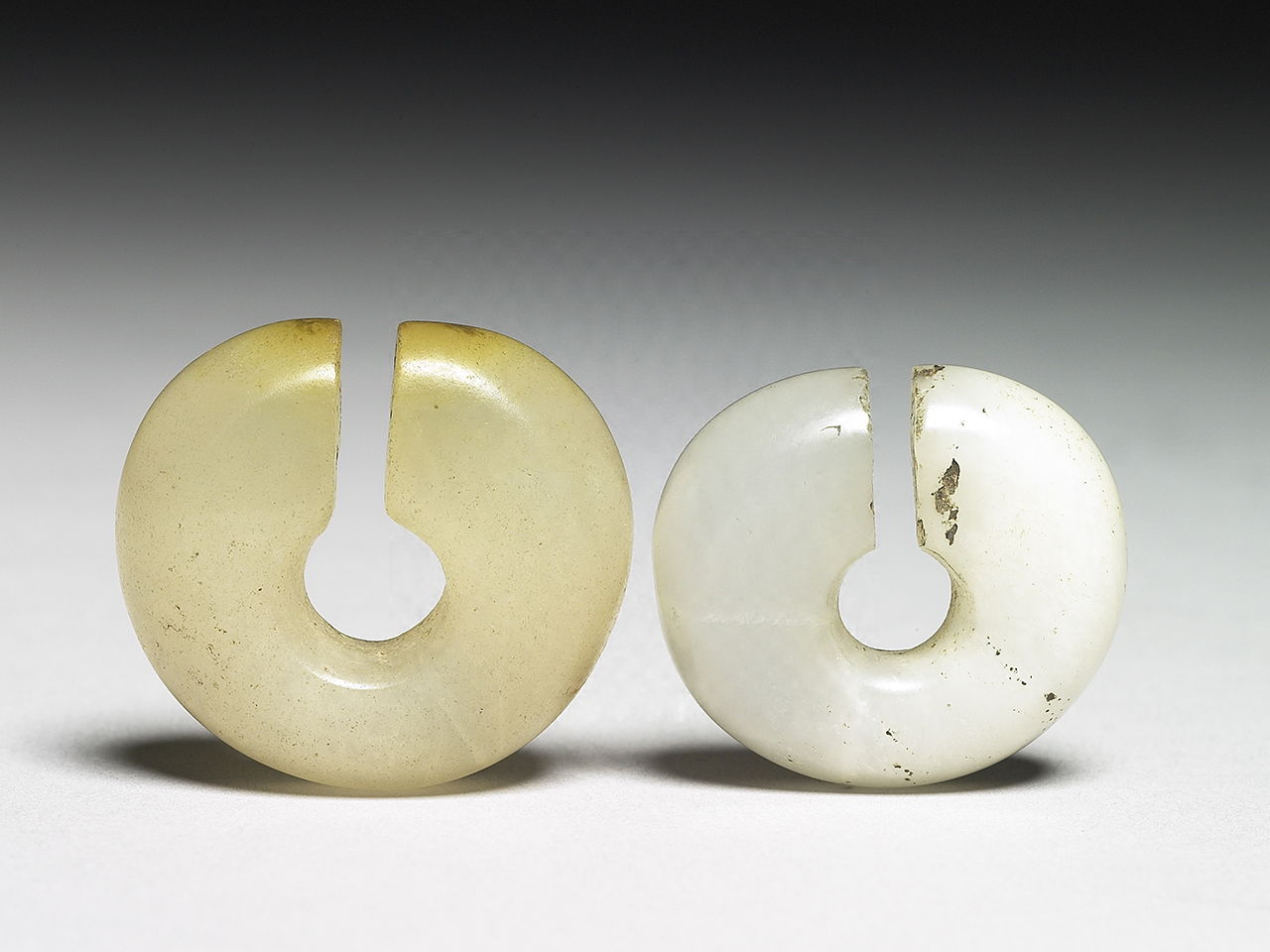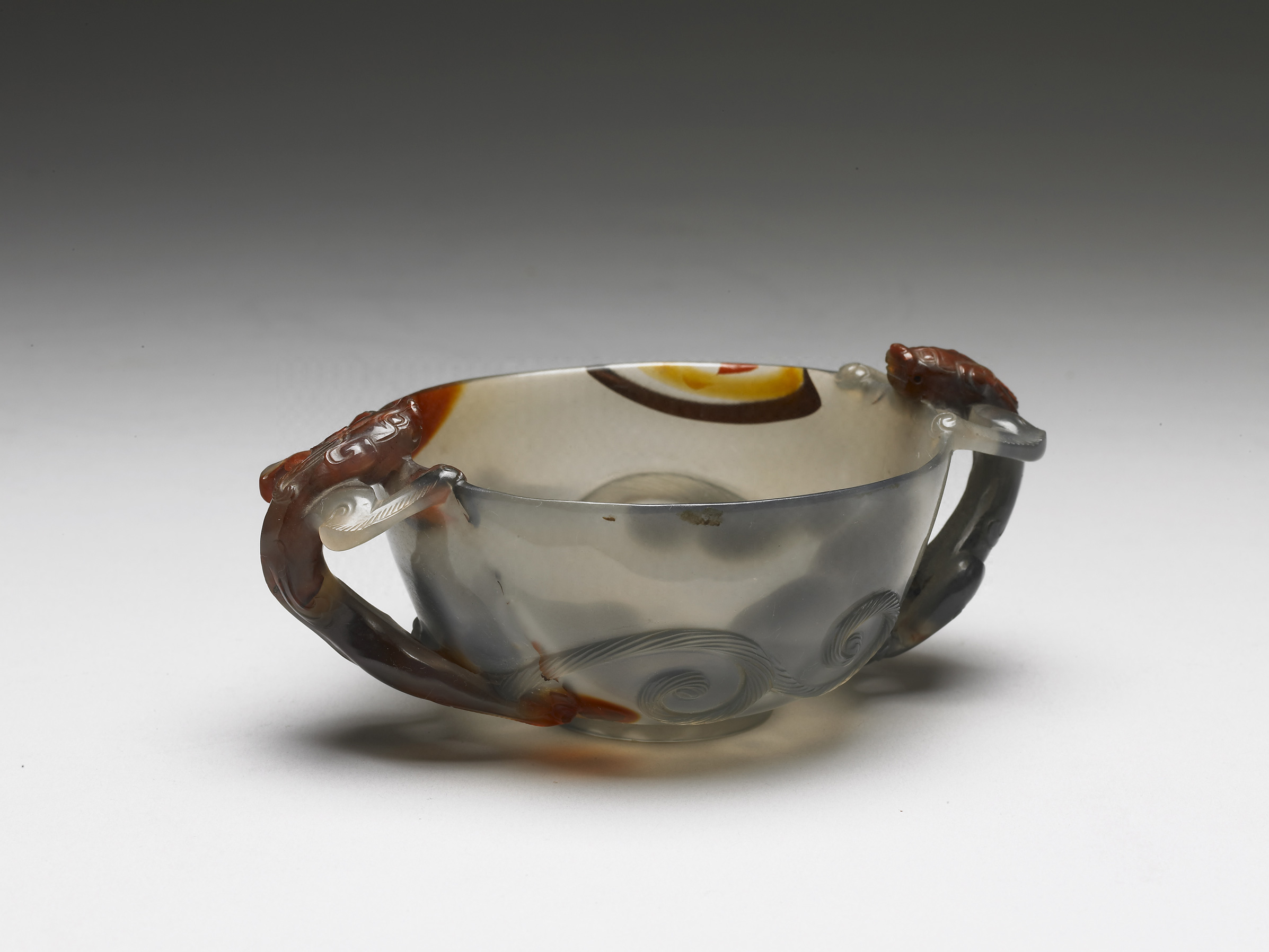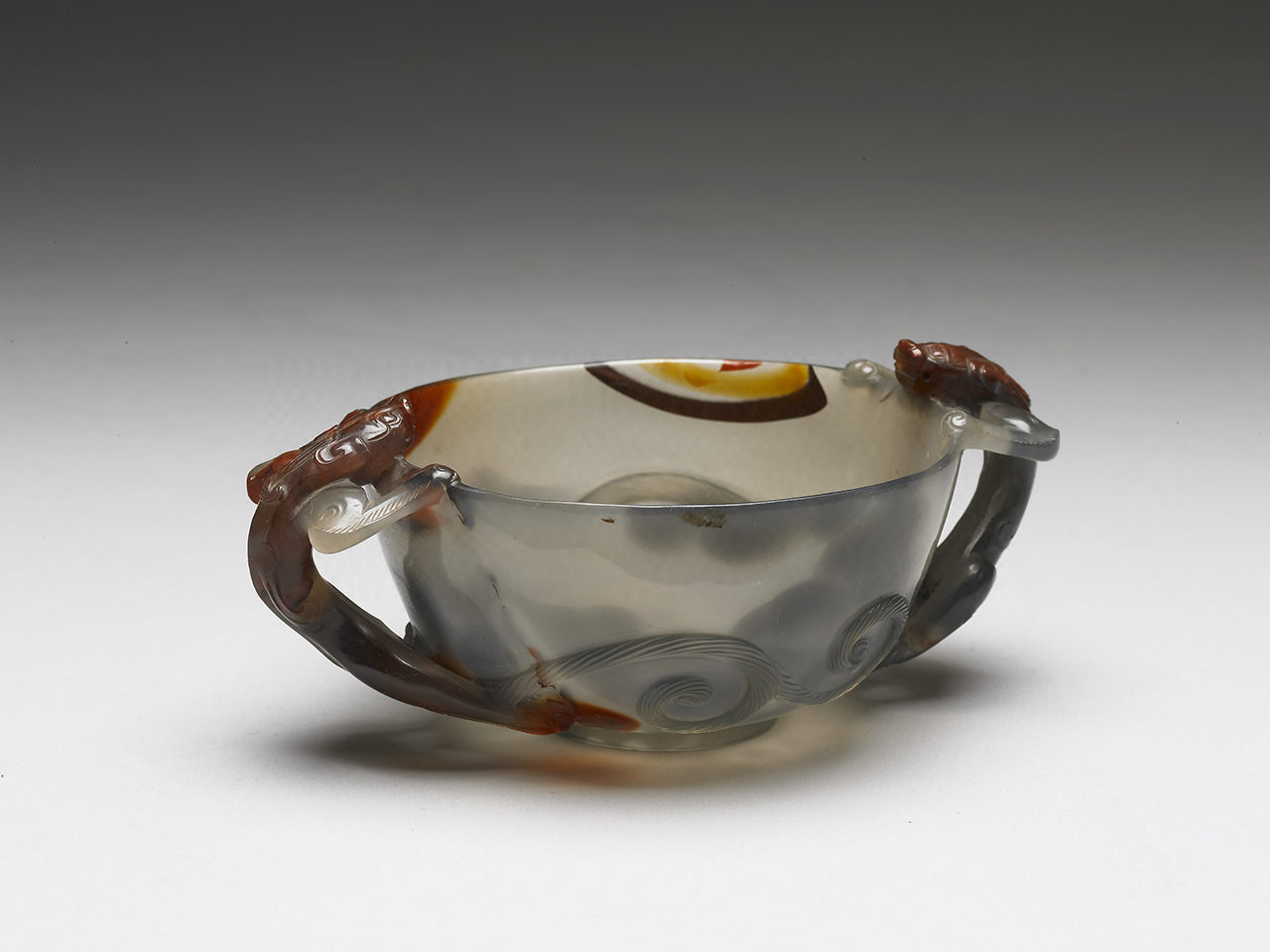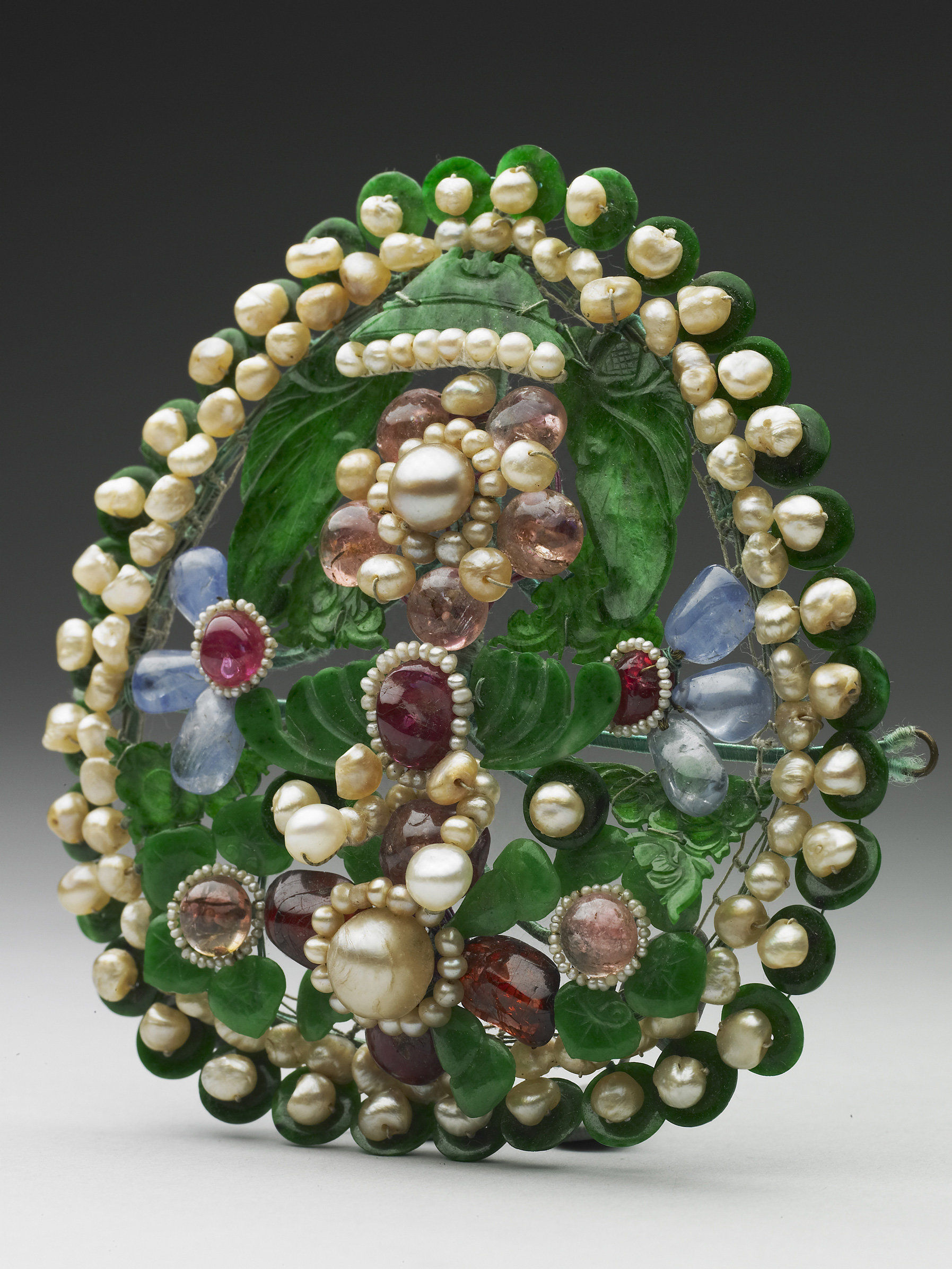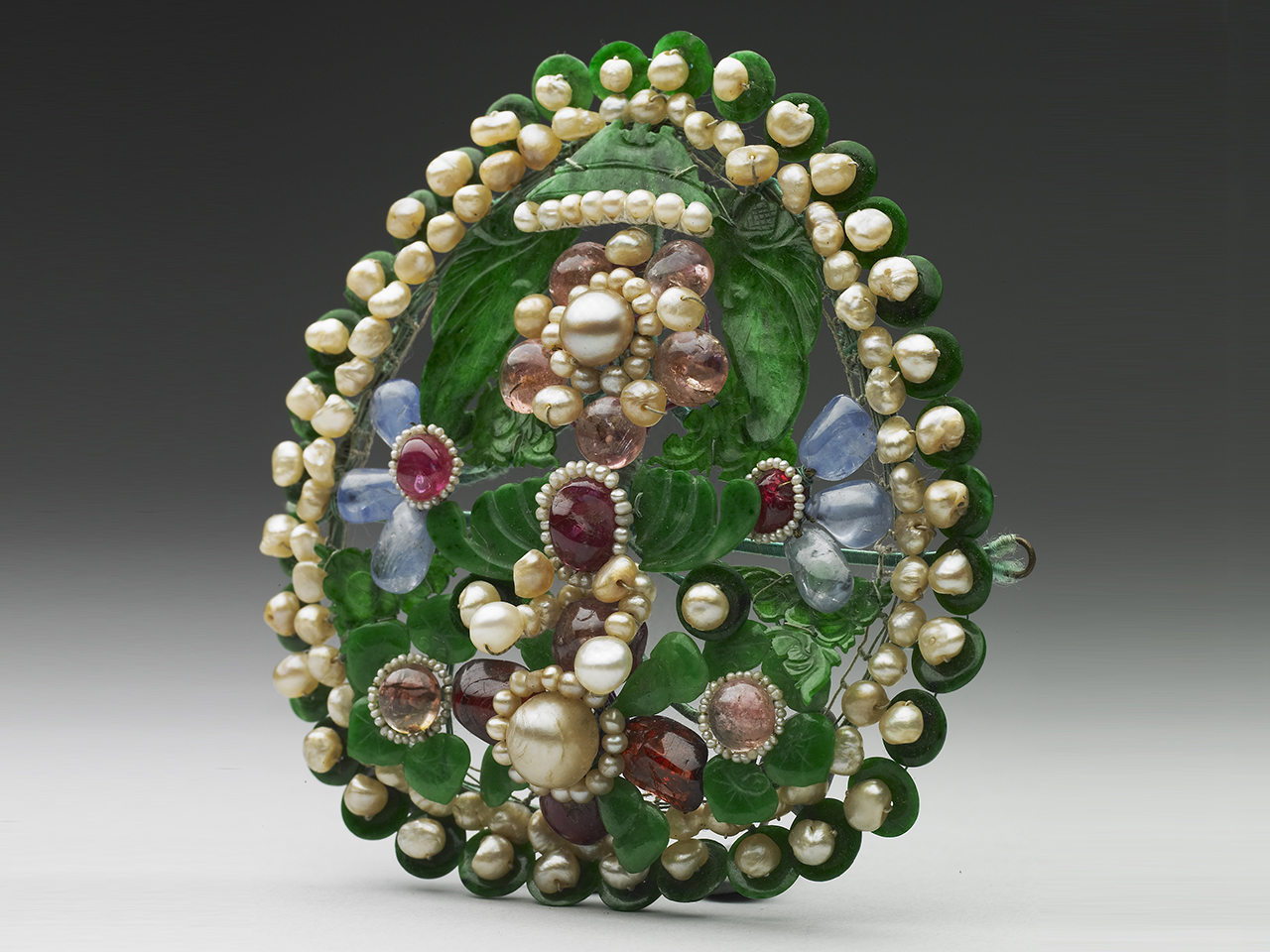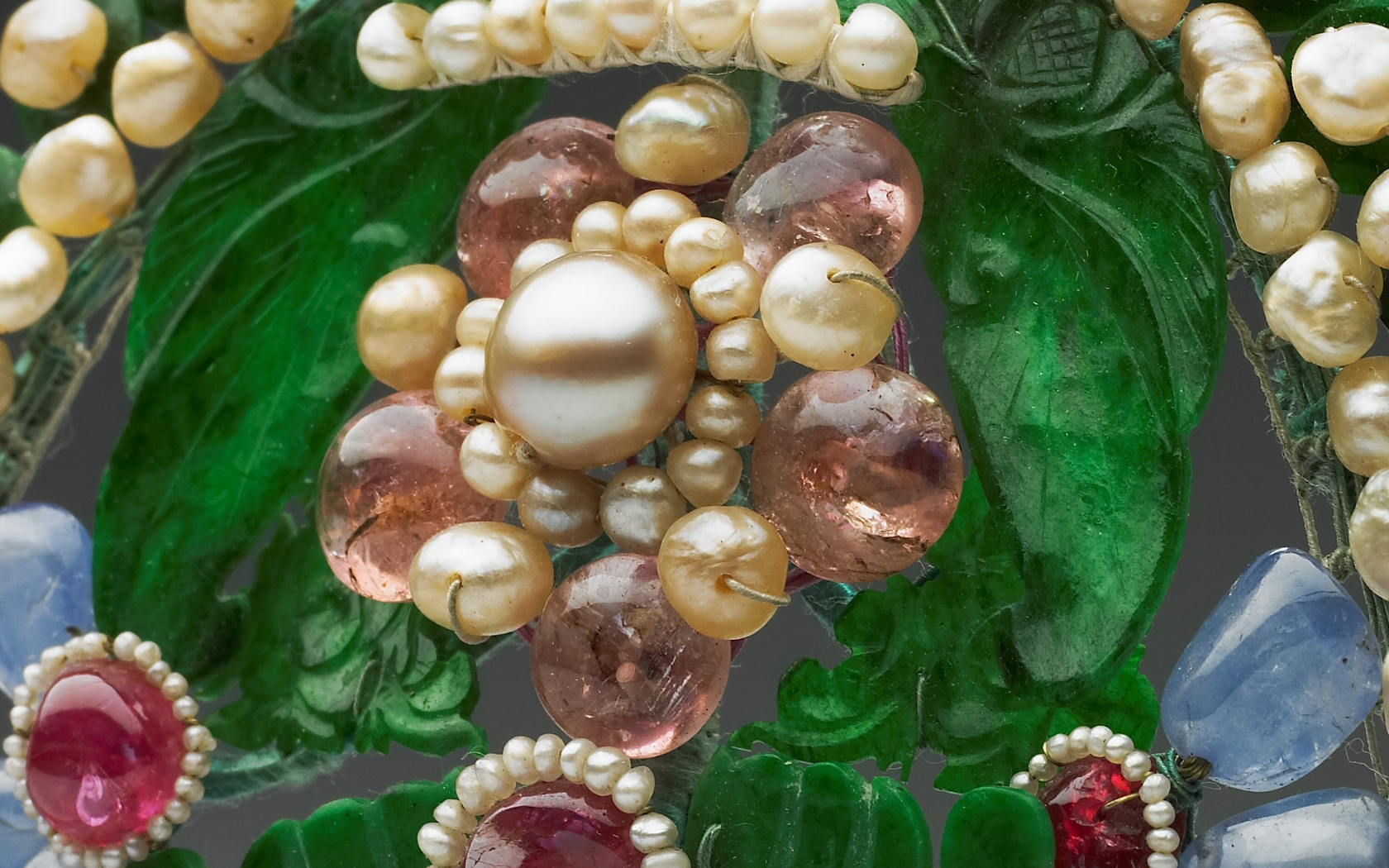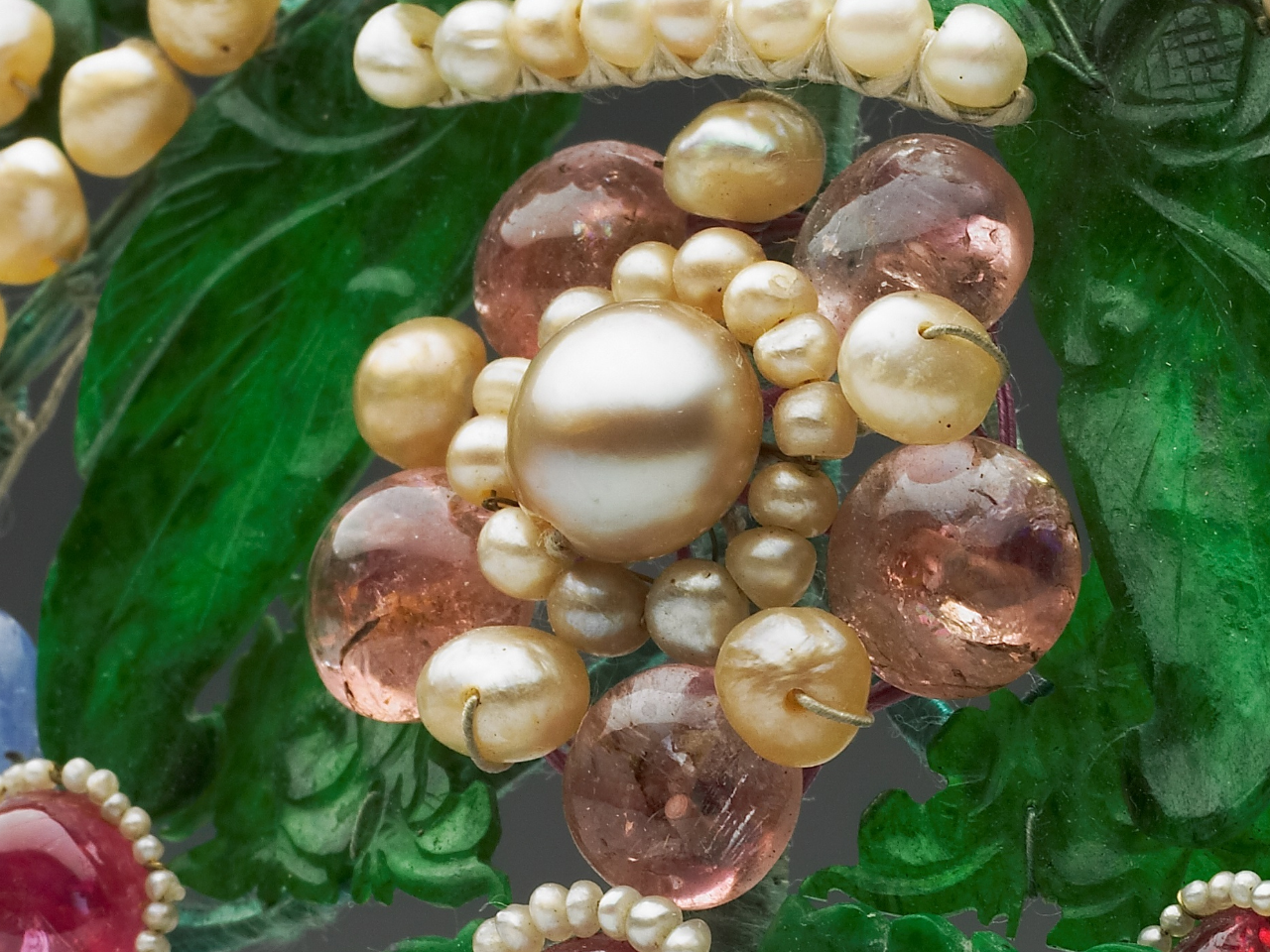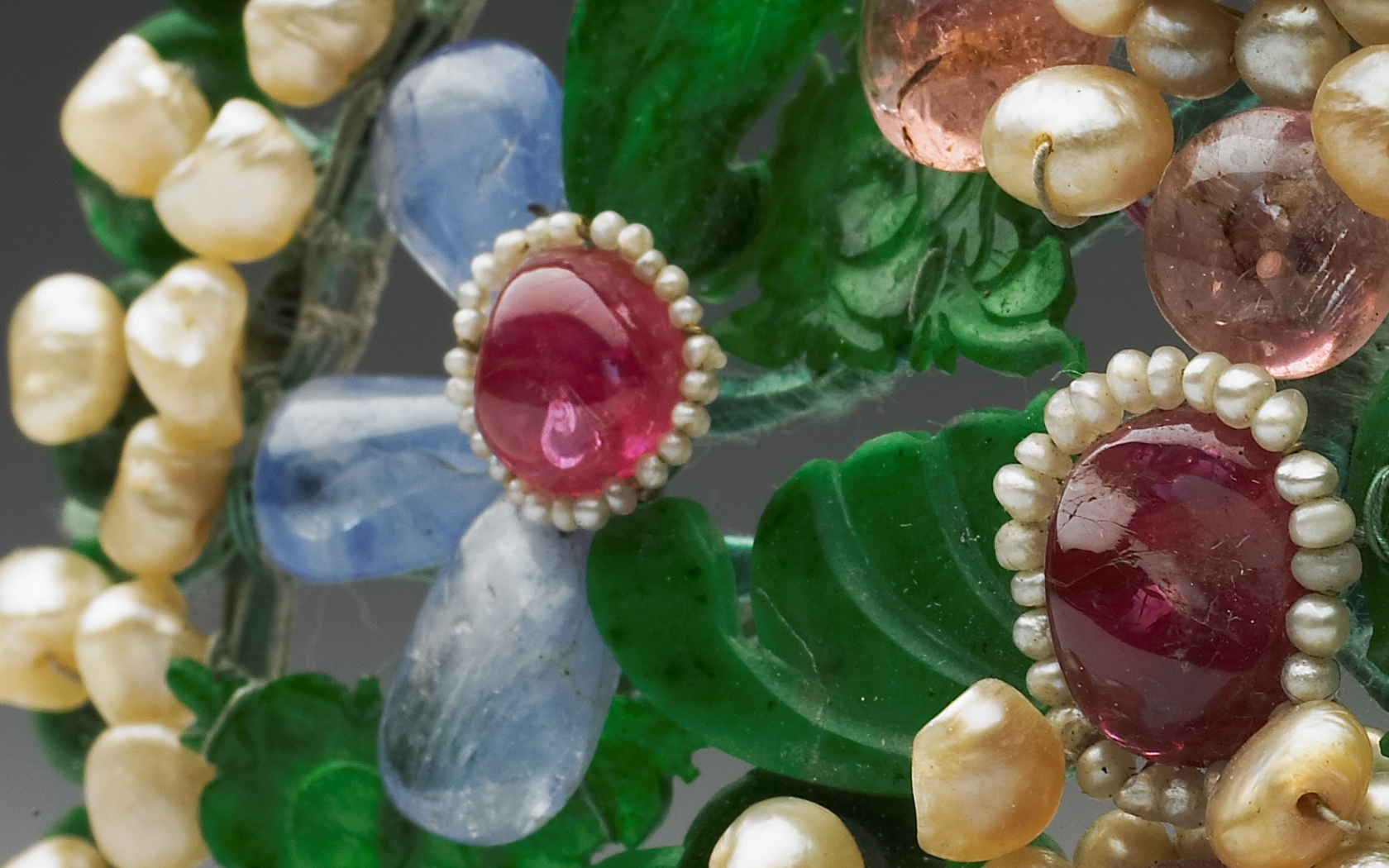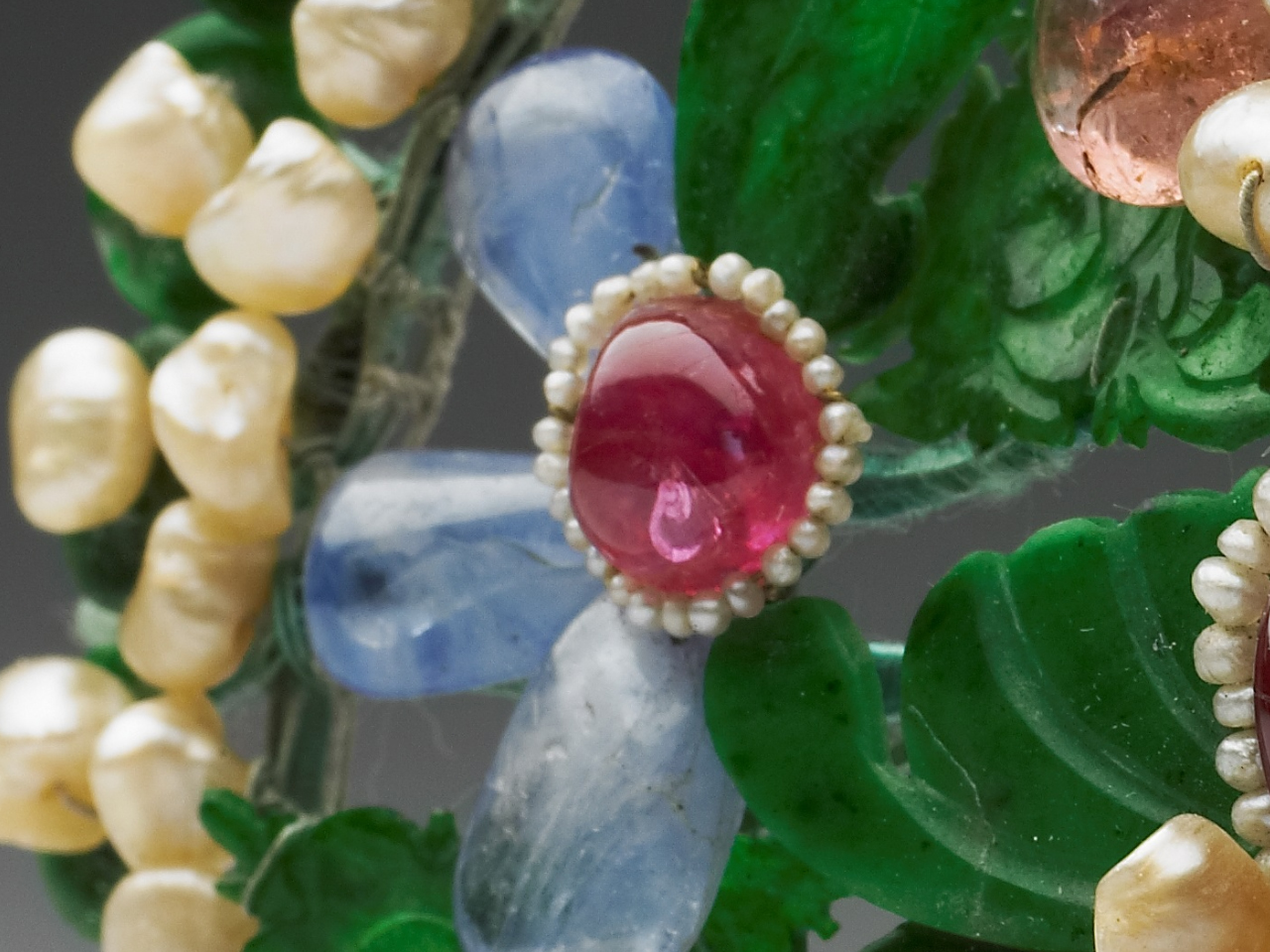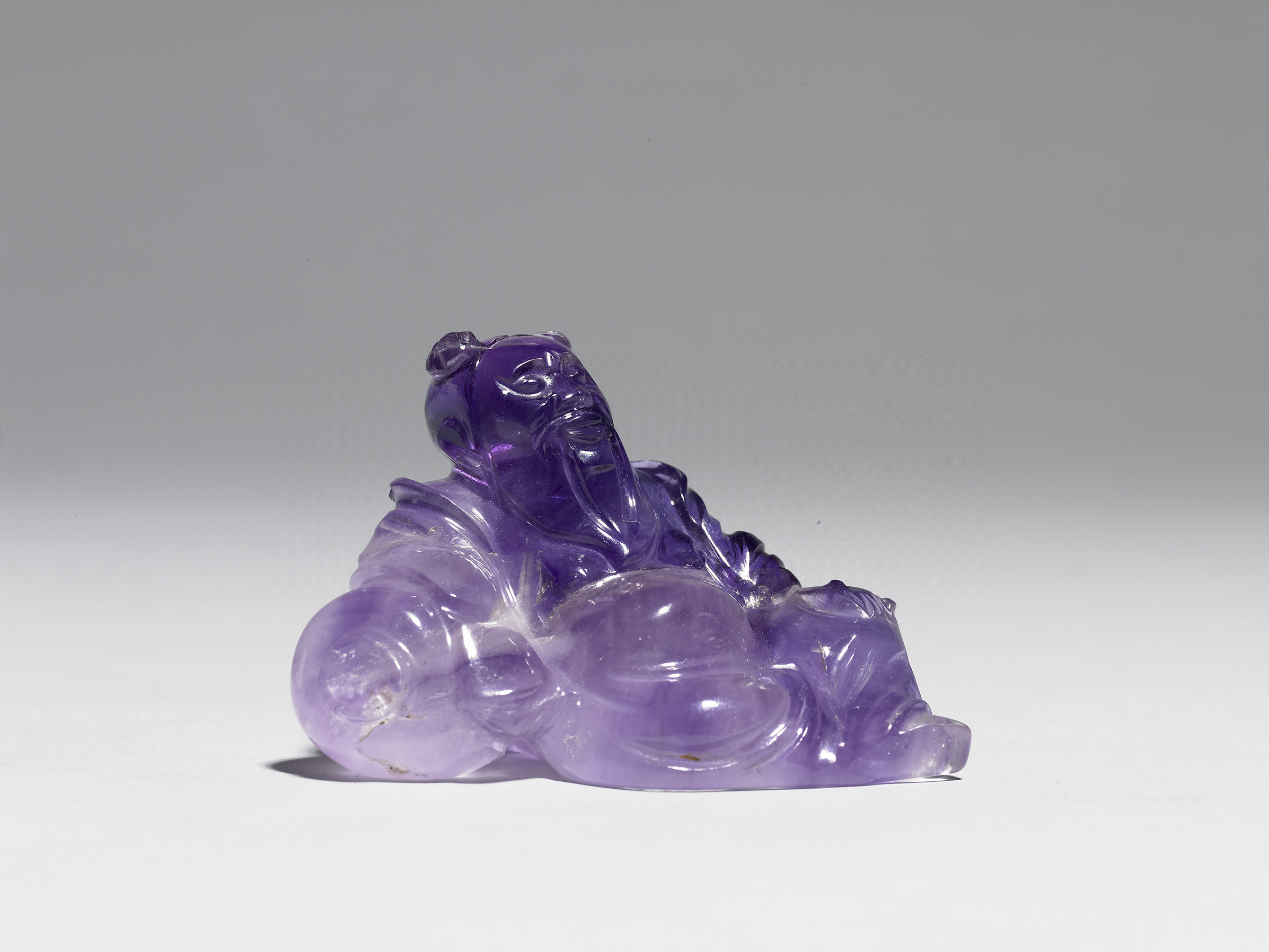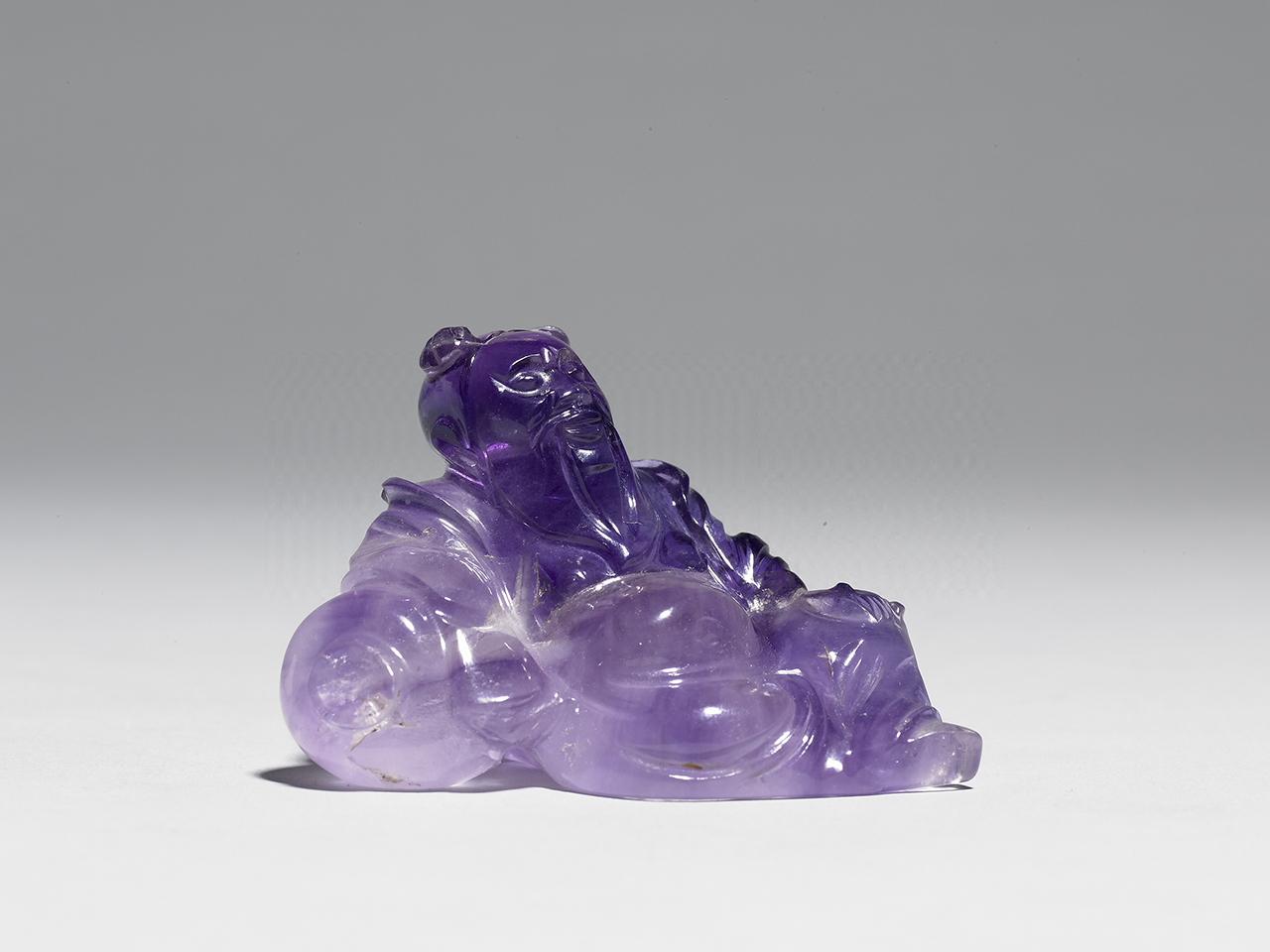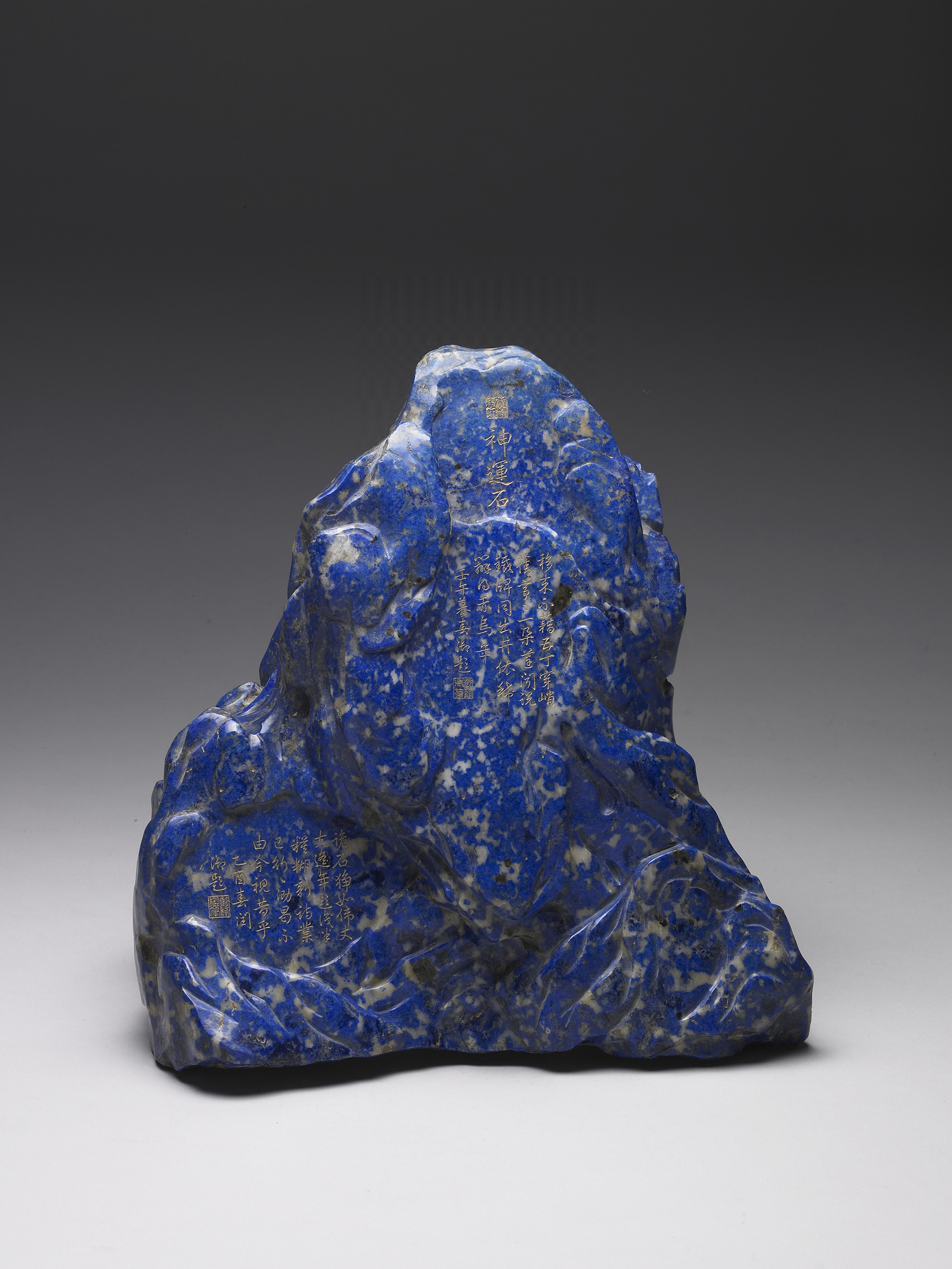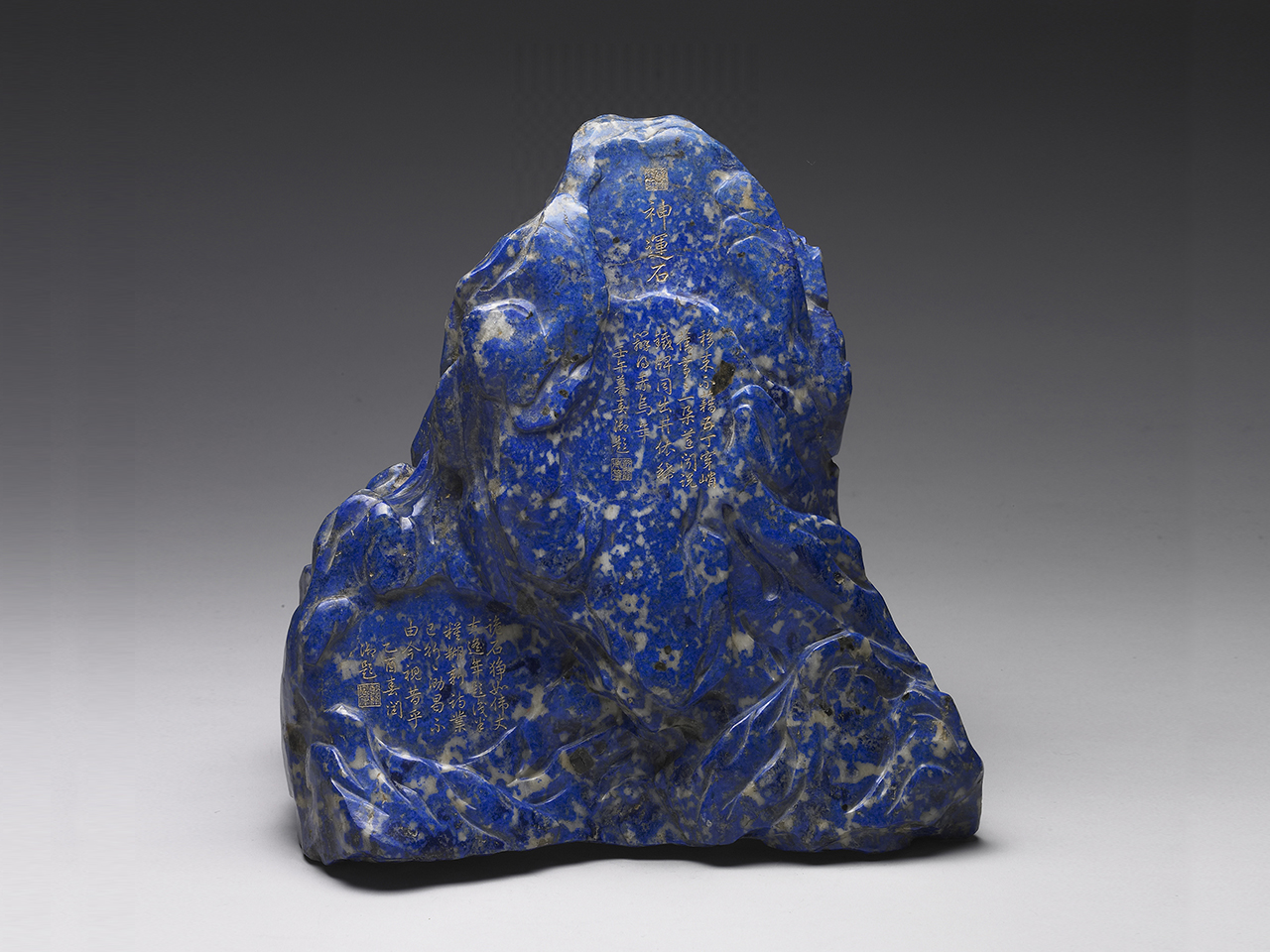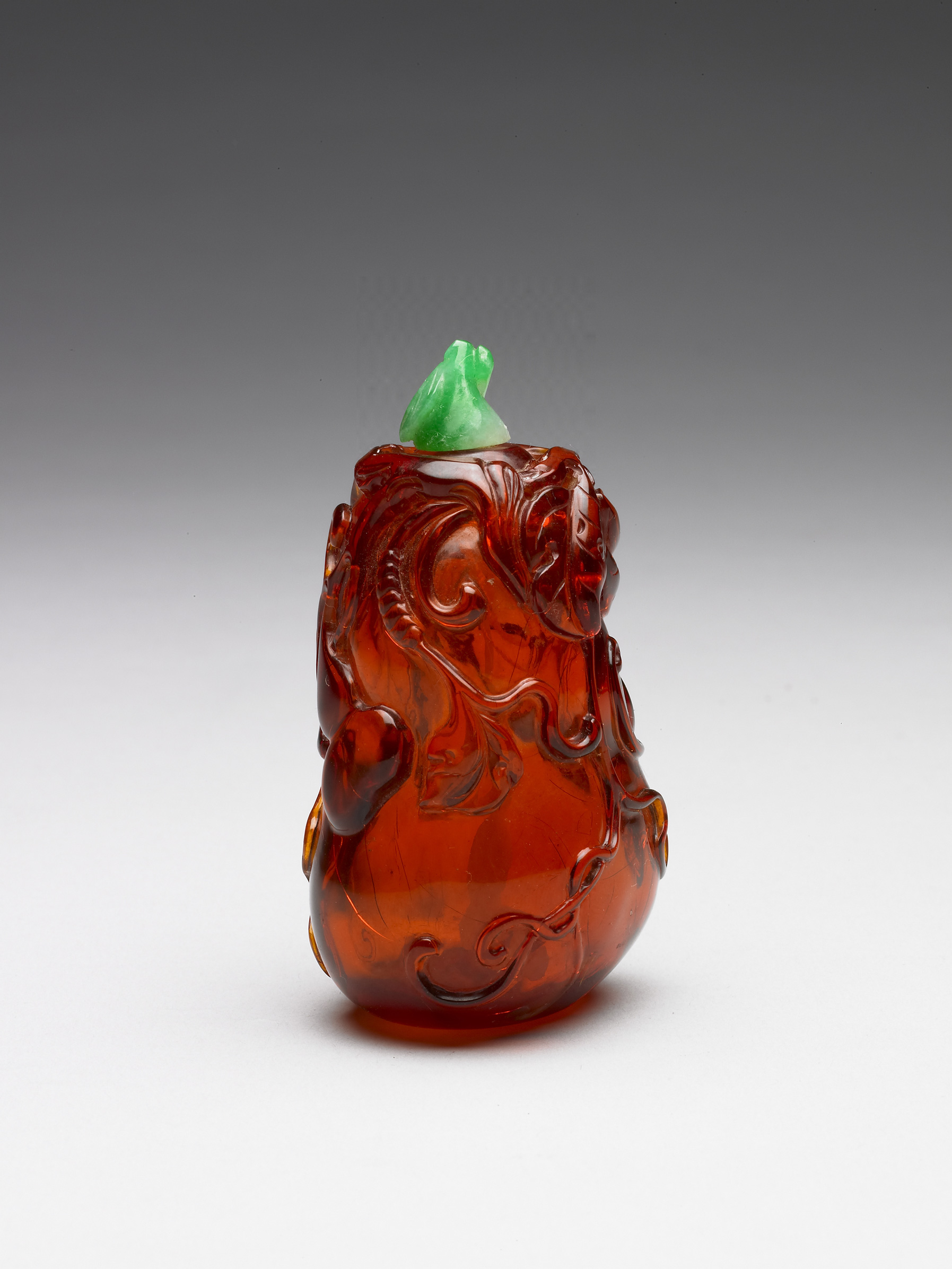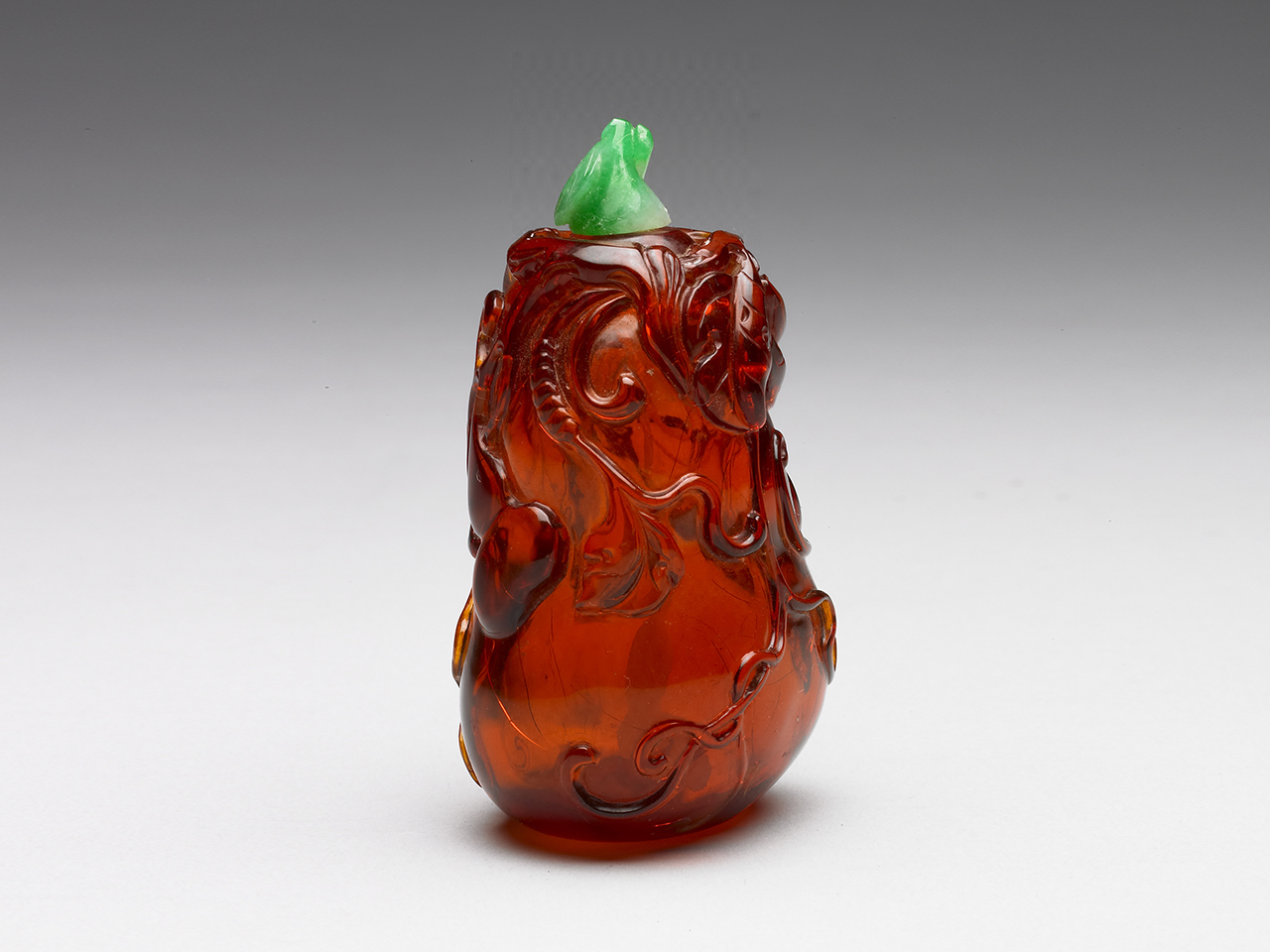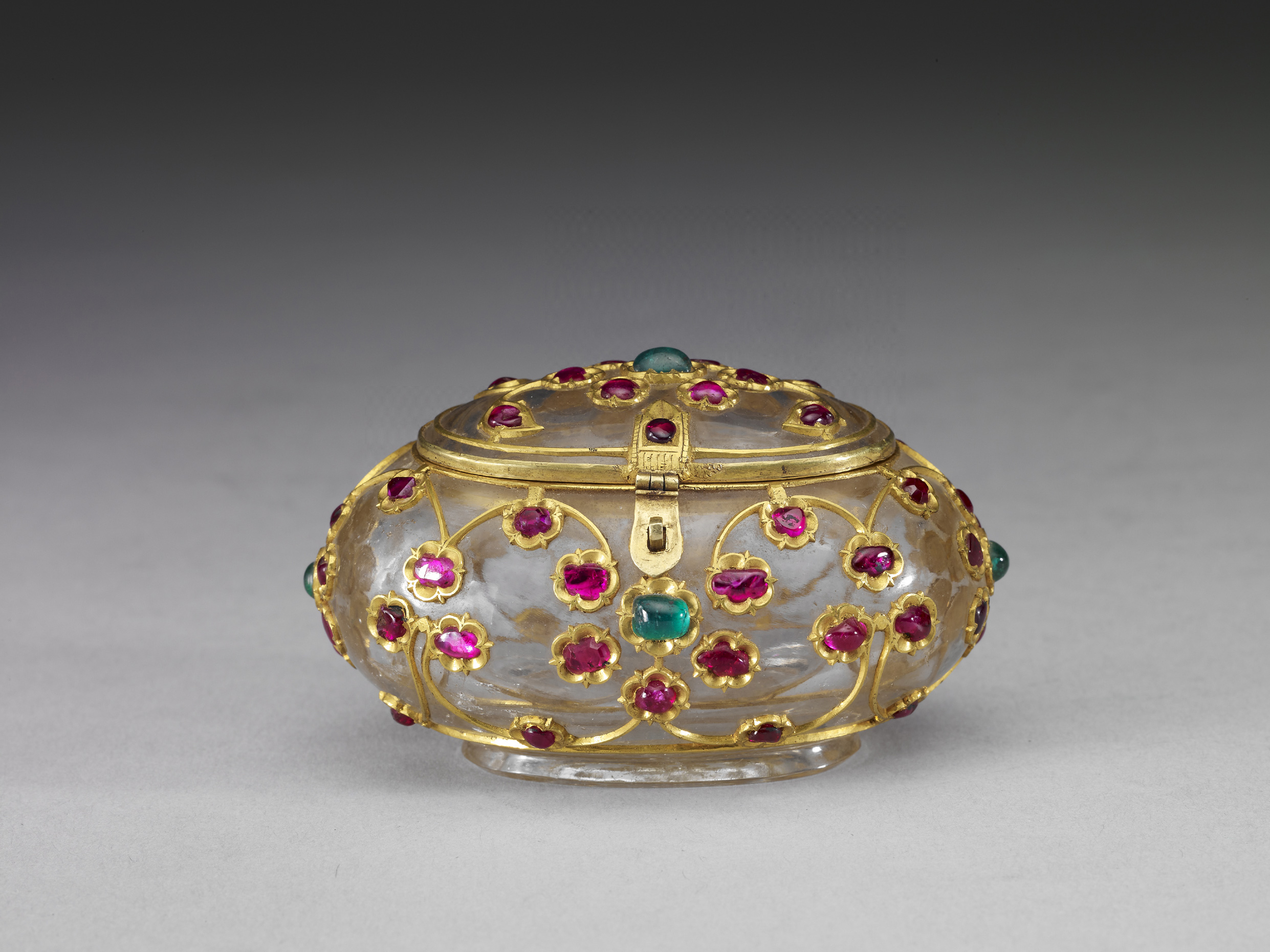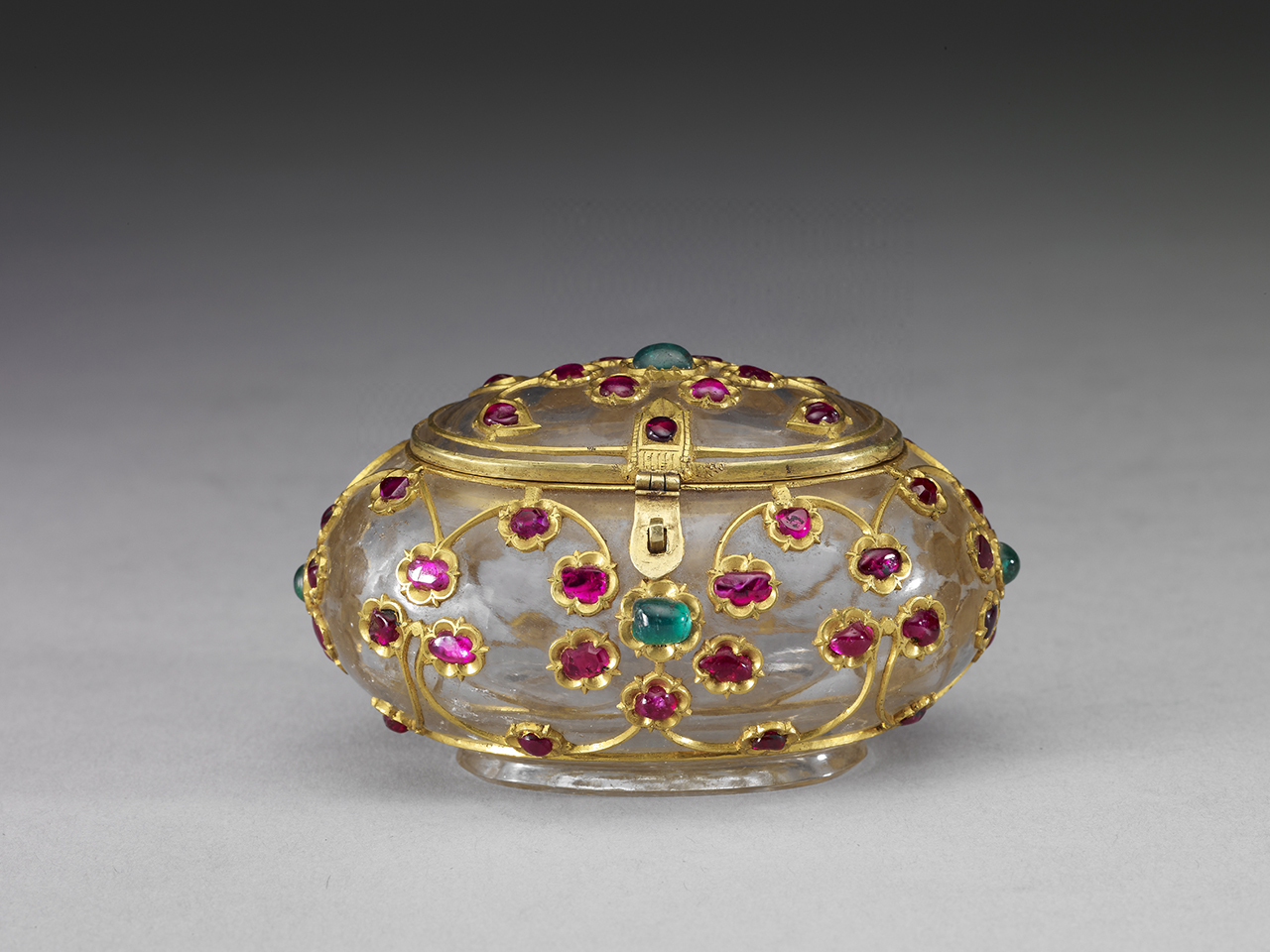Dazzling Gemstones and Jewelry
For as long as seven to eight thousand years nephrite has been the yu (jade) used and enjoyed by Chinese. The most common nephrite palette consists of white, bluish white, gray, black, yellow, and green, while brownish red is also possible if permeated with a high concentration of ferric iron.
On the other hand, the jadeite deposits in the northern Myanmar have been mined for nearly five hundred years but it was not until three hundred years ago in the 18th century, when the area went under the jurisdiction of Yunan Province in the Qing dynasty, that this type of jade started to export to China Proper in large quantity. Brightly colored, its reds and greens resemble the glamorous feathers of feicui (kingfisher feathers), so the name "feicui jade".
Nephrite and jadeite belong to distinctly different mineral families but show similar appearances. Both nephrite and jadeite may exhibit beautiful shades of green, caused by their respective different colorants. Iron gives nephrite (commonly called bi-yu,green nephrite) its graceful greens from "grassy" to vibrant, while jadeite (commonly called cui-yu, feicui jade) dazzles in emerald green because of the chromium content. Both bi and cui are terms describing the splendid variations of color green. However, the two jades are sometimes confused and mistaken for each other, as jadeite consisting of ferrous iron tends to be tinted with a darker grassy green, and top-grade green nephrite often radiates gorgeous brilliance.
Lack of mineral ores of highly-quality precious stones in the Chinese heartland had long restricted the raw materials for jewelry to nephrite and some other semiprecious stones such as chalcedony and agate, which were the earliest alternatives. Quite a number of specimens from the Neolithic Age to the Han dynasty are displayed in the exhibition. Among all quartz types, rock crystal possesses the most prominent crystalline structure and may exhibit a variety of hues either from the presence of different ions or being tinted by irradiation. The Qing court often gave an indiscriminate name, bixi (tourmaline), to any precious or semiprecious stones that were colored and transparent with visible inner cracks. These misnomered items are on display here side by side with real tourmalines for comparison.
Archaeological records show that as early as in the Han dynasty, lapis lazuli and amber had been in use. The materials at the time might have come from today's Afghanistan and Myanmar. Later since the medieval times the Baltic amber has been another source. The Qing palace life enjoyed a variety of gemstones, many of which were from Southeast Asian countries such as Myanmar and Thailand. Lab tests indicate the red gems on display here are ruby, spinel, red tourmaline, or carnelian. Not displayed but in the Museum collections are others including garnet. Qing's jewelry fashion in mountings and inlays was quite different from Indian or Turkish traditions; two foreign specimens are shown for comparison.

